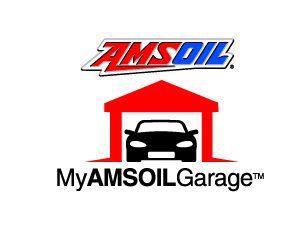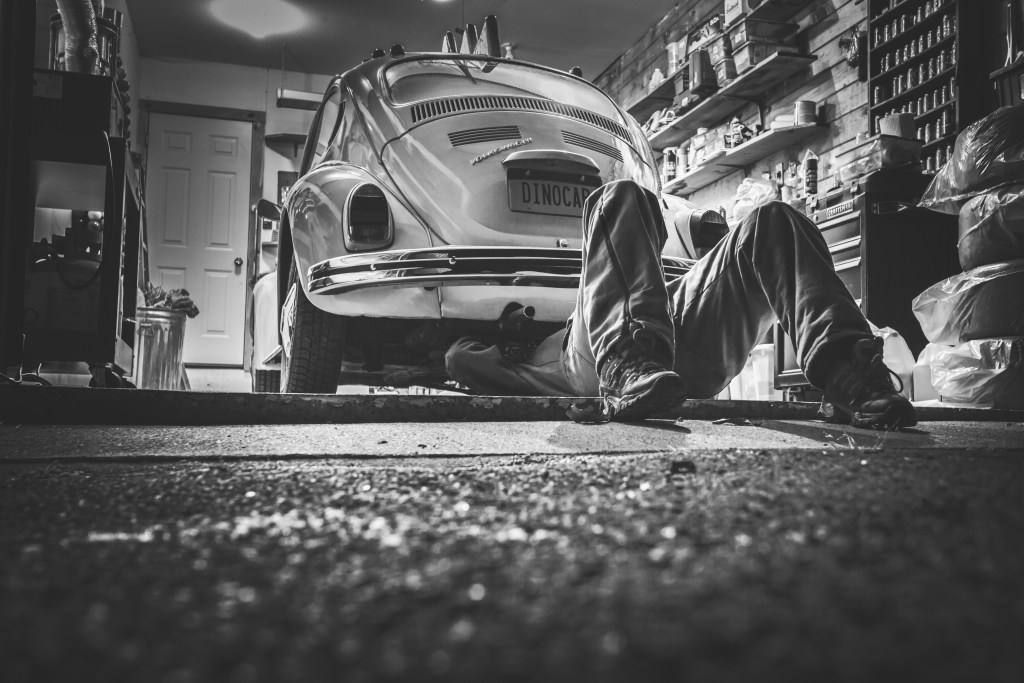Which of These 5 Approaches to Vehicle Maintenance Do You Use?
Maintenance is one of those things you either do or don’t do. There isn’t a good way to fall “in between” on the maintenance spectrum, nor do your vehicles, equipment or toys like to be in a state of disrepair. Life is short, so why waste time due to improper maintenance?
I have a colleague who owns lots of toys that you and I would love to have. This person is like a toy collector, although a collector who 1) doesn’t have enough garage space and 2) follows the principle of “least maintenance possible.” Eventually some of her vehicles hit the tipping point of failure and she wonders, “Hey, what the heck happened?”
I’ll tell you what happened – you didn’t show your toys enough love and give them the attention they deserve. I’ve fixed a few of her toys, for which she was grateful, but this trend has to stop.
Your approach to maintenance can be divided into the following categories and assigned a rating based on the good/better/best principle.
Reactive
Your drive your vehicles and run your equipment to the point of failure and fix things as they break. Many casual motorists can be lumped into this category. This strategy earns a POOR maintenance grade.
Preventative
Those who fall into this category invest just enough time in preventive maintenance to prevent major breakdowns. While much more preferable to Reactive maintenance, this mindset still only gets a FAIR maintenance grade.
Predictive
Now we’re starting to get somewhere. Those who practice Predictive maintenance periodically inspect, service and clean their vehicles and equipment to get an understanding of their exact condition and to ward off potential problems. This gets a GOOD maintenance grade.
Proactive
Folks who fall within this category attempt to predict when something will fail based on mileage, operating conditions and other factors, then proactively solve problems before they arise. This gets an EXCELLENT maintenance grade.
Condition Monitoring
This is the pinnacle of vehicle maintenance and, admittedly, is practiced by few people. It entails monitoring the condition of your vehicles and toys while they are in operation using, for example, oil analysis or aftermarket temperature or pressure gauges. This gets the ultimate rating of OPTIMUM.
Omaha Customers – Get reminder alerts as to when you last changed your oil, tires, etc,.
(Check out MyAMSOILGarage, our FREE maintenance-tracking program that makes
taking care of your vehicles and equipment easier.)
So, where are you on this scale?
My friend is very much Reactive. She waits for something to break, then spends money to fix it. I, on the other hand, am closer to the Predictive state, so I get a GOOD slap on the back.
 Can a person eventually become adept at being Proactive or using the strategy of Condition Monitoring? Yes, but it takes a lot of work, diligence and, at times, money. It’s not easy to reach this level of maintenance excellence. Many times, it’s only large companies with millions of dollars tied up in vehicles and equipment that rise to this level because time is money and every second counts.
Can a person eventually become adept at being Proactive or using the strategy of Condition Monitoring? Yes, but it takes a lot of work, diligence and, at times, money. It’s not easy to reach this level of maintenance excellence. Many times, it’s only large companies with millions of dollars tied up in vehicles and equipment that rise to this level because time is money and every second counts.
I challenge you to set a goal for the coming year and up your maintenance game. Go in your garage, pop the hood on your car, crawl around and underneath it and give it a good inspection. Dig the owner’s manual out of the glove box and read it. Pay special attention to the Maintenance Schedule that’s likely printed near the back. You’ll probably be shocked at all the scheduled maintenance you’ve missed. Strive to jump categories and treat your toys with a bit more love. I guarantee that a little up-front maintenance will pay huge dividends down the road in the form of time, money and peace of mind.
So, get after it. That said, fall is upon us and I bet you own some summer equipment and toys you should be preparing for storage now rather than ignoring until spring.


